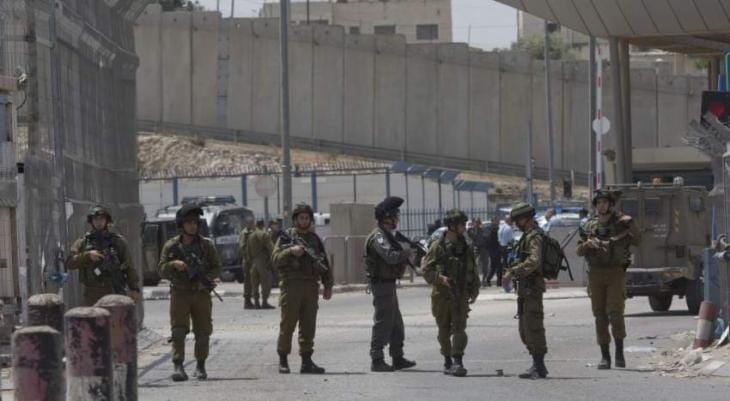Hamas has confirmed the names of three Israeli hostages it intends to release this weekend under a fragile ceasefire agreement brokered with Israel. The individuals named—Eli Sharabi, 52, Ohad Ben Ami, 56, and Or Levy, 39—are among the dozens of hostages held by the group since the outbreak of conflict in October 2023. This announcement is part of a phase in a negotiation process that has seen incremental prisoner exchanges, a critical yet contentious element of the ceasefire deal.
The ceasefire, which was initiated in late January 2025 under international mediation, focuses on halting the violence that has gripped the Gaza Strip and southern Israel for over a year. An essential condition of the agreement is the exchange of hostages held by Hamas for Palestinian prisoners detained by Israeli authorities. Significant delays and disputes have surrounded the execution of this agreement, emphasizing the challenges in bridging the deep-seated mistrust between the parties.
According to reports, the three men to be released were arrested during the escalation of hostilities in October 2023. Their release comes amid ongoing debates within Israeli society and globally regarding the implications of such exchanges for long-term peace and security. Critics argue that the release of prisoners perceived as security threats could embolden militant factions, while supporters maintain that such compromises are necessary to secure the safe return of hostages.
The Israeli government has expressed cautious optimism regarding the release schedule but has also voiced concerns about Hamas’ adherence to the agreed terms. In recent days, accusations of violations of the ceasefire conditions have surfaced, primarily related to delays in the exchange process. For its part, Hamas has repeatedly alleged that Israel has been slow to fulfill its commitments under the agreement.
The identities of the hostages were confirmed in a statement released by Hamas on Friday. The named hostages are all described as civilian captives and were reportedly relocated to undisclosed locations within Gaza. Israeli officials have refrained from disclosing further logistical details to ensure the successful completion of the release operations.
The ongoing hostilities between Israel and Hamas began in October 2023, following a sudden and deadly assault by Hamas militants on southern Israeli towns, resulting in significant casualties and the capture of around 200 hostages. The violence invited a massive military response from Israel, which led to devastating conditions in the Gaza Strip. Over the ensuing months, international efforts to broker a ceasefire faced repeated setbacks amid spiraling violence and the overarching complexities of the Israeli-Palestinian conflict.
These latest developments have, however, highlighted a glimmer of hope, with stage-by-stage implementation of the agreement signaling some progress. Since the implementation of the ceasefire, a series of releases on both sides have occurred. Hamas has so far released 18 hostages, and Israel has freed over 500 Palestinian prisoners. Some prisoners released by Israel have been transferred to third-party nations as part of the terms negotiated through mediators.
The sentiment surrounding the release of hostages and prisoners varies widely. Families of detained Palestinians have lauded the exchanges as a much-needed step toward justice, citing the prolonged and often contentious circumstances of their family members’ detentions. Conversely, opposition leaders in Israel have labeled the agreements as concessions that could set a dangerous precedent, weakening the nation’s defense against armed actions targeting its civilian population.
Meanwhile, international leaders and humanitarian organizations are closely monitoring the situation. The United Nations, the European Union, and the United States have repeatedly called for the suspension of all hostilities and the establishment of frameworks to address the humanitarian and political grievances fueling the conflict.
Despite ongoing challenges, the gradual and systematic release of hostages provides a possible model for easing tensions in the region. However, unresolved political disputes, widespread civilian suffering, and the resurgence of violence in the event of a lapse in ceasefire agreements remain significant hurdles.
As part of this complex equation, Saturday’s planned release will be a litmus test for the fragile truce. International observers expect that the outcome could influence broader efforts aimed at reducing hostilities and paving pathways for future dialogue. Whether the ceasefire holds and progresses toward a sustainable resolution remains uncertain.
In Jerusalem and Gaza, the anticipation among families of both hostages and prisoners awaits resolution this weekend, symbolizing both the emotional weight of individual lives and the broader struggle for understanding, security, and peace in the region.



